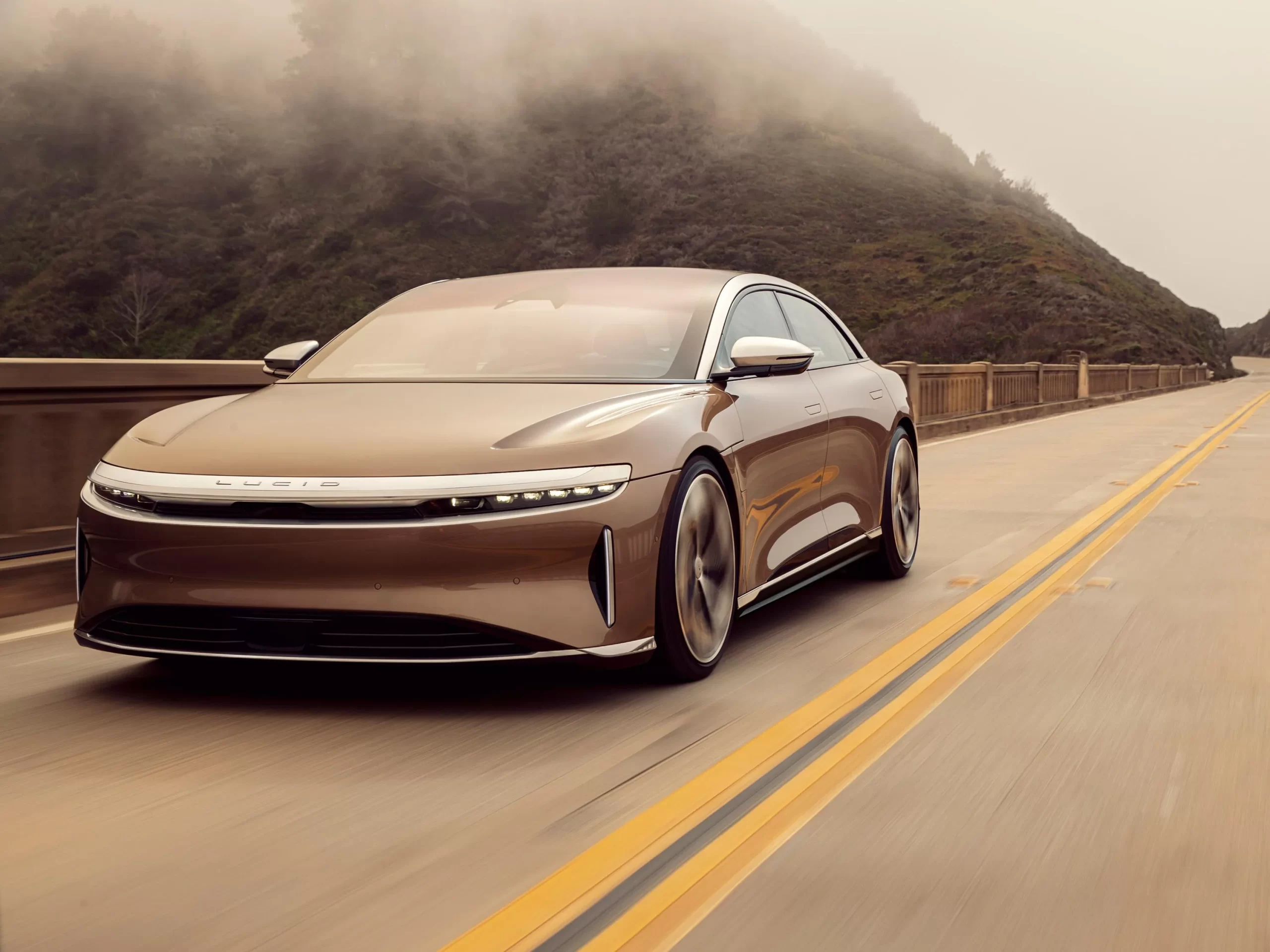Source: Peter Slowik, Aaron Isenstadt – https://theicct.org/us-ev-sales-soar-into-24-jan24/U.S. Electric Vehicle Sales Soar into 2024
Is the demand for electric vehicles (EVs) slowing down in the United States? The short answer is no. Data from the Alliance for Automotive Innovation reveals continuous and significant growth in light-duty EV sales in the U.S. from 2021 through the third quarter of 2023. As shown in Figure 1, quarterly sales increased from about 125,000 in Q1 2021 to 185,000 in Q4 2021, and from about 300,000 in Q1 2023 to 375,000 in Q3 2023. Remarkably, 2023 was the first year U.S. EV sales surpassed 1 million by Q3, marking a 58% increase over the same period in 2022.
Since Q3 2021, EV sales have consistently increased each quarter. The share of new sales that are plug-in electric rose from about 3% in Q1 2021 to about 7% in 2022, and exceeded 10% in Q3 2023. For context, it took conventional hybrids about 25 years to reach a 10% market share, while EVs achieved this in roughly 12 years.
State-level data further highlights the regional disparities. California leads the nation, with EVs comprising nearly 27% of sales through September 2023, meaning more than one in every four new light-duty vehicles sold were battery electric or plug-in hybrid electric. Twelve other states, including Washington, Oregon, and Colorado, along with the District of Columbia, had EV sales shares between 10% and 20% through Q3 2023.
Analyzing the U.S. EV sales by automaker (Figure 2), most companies sold more EVs in Q2 or Q3 2023 than in any other previous quarter. Notably, every automaker except Ford sold more EVs in the first three quarters of 2023 than in all of 2022. For instance, third-quarter sales from 2022 to 2023 increased by 40%–60% for BMW, Tesla, and Volkswagen, 115%–125% for Toyota and Stellantis, and 150%–180% for Hyundai and all others combined.
This data aligns with findings from other researchers and automakers. BNEF reported no signs of a global EV slowdown, while Hyundai, Kia, and Volvo also indicated strong U.S. EV demand. Despite Ford and General Motors scaling back near-term production due to slower-than-anticipated demand, both companies remain committed to increasing EV sales.
Consumer surveys by McKinsey, J.D. Power, and Consumer Reports indicate growing intent to purchase EVs, with affordability and charging availability being key concerns. The Inflation Reduction Act of 2022 offers up to $7,500 in tax credits for new EVs and additional incentives for batteries, potentially making more EV models cheaper than gasoline counterparts. Investments exceeding $21 billion from public and private sectors are expected to increase public chargers from about 160,000 in 2023 to nearly 1 million by 2030.
The transition to EVs holds significant potential for reducing climate pollution, supporting public health, and enhancing economic benefits and industrial competitiveness. Despite discussions around weakening federal pollution standards, the data strongly supports a thriving EV market. Now is the opportune time to establish new standards that build on this momentum, encouraging further investments in EVs from automakers, infrastructure providers, and consumers.




